
SILENT CINEMA AND THE POLITICS OF SPACE
NEW DIR ECTIONS IN NATIONAL CINEMAS
Jacqueline Reich, editor
SILENT CINEMA AND THE POLITICS OF SPACE
Edited by Jennifer M. Bean, Anupama Kapse, and Laura Horak
Indiana University Press
Bloomington and Indianapolis
This book is a publication of
Indiana University Press
Office of Scholarly Publishing
Herman B Wells Library 350
1320 East 10th Street
Bloomington, Indiana 47405 USA
iupress.indiana.edu
Telephone orders 800-842-6796
Fax orders 812-855-7931
2014 by Indiana University Press
All rights reserved
No part of this book may be reproduced or utilized in any form or by any means, electronic or mechanical, including photocopying and recording, or by any information storage and retrieval system, without permission in writing from the publisher. The Association of American University Presses Resolution on Permissions constitutes the only exception to this prohibition.
 The paper used in this publication meets the minimum requirements of the American National Standard for Information SciencesPermanence of Paper for Printed Library Materials,
The paper used in this publication meets the minimum requirements of the American National Standard for Information SciencesPermanence of Paper for Printed Library Materials,
ANSI Z39.48-1992.
Manufactured in the United States of America
Library of Congress Cataloging-in-Publication Data
Silent film and the politics of space / edited by Jennifer M. Bean,
Anupama Kapse, and Laura Horak.
pages cm (New directions in national cinemas)
Includes bibliographical references.
ISBN 978-0-253-01226-5 (cloth) ISBN 978-0-253-01230-2 (pbk.)
1. Silent filmsHistory and criticism. 2. Space in motion pictures. I. Bean, Jennifer M., [date]- editor of compilation. II. Kapse, Anupama, editor of compilation. III. Horak, Laura, editor of compilation.
PN1995.75.S557 2014
791.43025dc23
2013043181
1 2 3 4 5 19 18 17 16 15 14
Contents
Acknowledgments
W HEN WE FIRST began what became Silent Cinema and the Politics of Space, the editors were convinced that early-twentieth-century film and media cultures offered a dynamic site for retroactively assessing the forces and tensions of globalization. As the central concept around which theories of contemporary politics, society, and culture have been organized in the past decade and a half, the term has elicited a vast spectrum of competing analyses and interpretations, a discursive constellation in which new forms of flow (of goods, people, images, ideas), the loss of bounded space, and the transgression of borders prove recurrent, common denominators. While it would be foolish to imagine that economic systems, socio-cultural conditions, or cinema and media formats of the early twentieth century are in any way identical to those of the early twenty-first, it struck us as peculiar that most studies of contemporary globalization and spatial heterogeneity proceed with the assumption, to follow geographer Doreen Massey, that once (once upon a time) those boundaries were impermeable, that there was no transgression.
For film and media scholars who cling to the Ptolemaic perspective touted in introductory-level survey textbooks, those glossy makers of taste who parse the history of cinema country by country while also writing that history as the exclusive affair of a few mature nations and directors, such assumptions about a heavily bordered past may make sense. We discussed as much during conversations shared over the past decade at the annual Giornate del Cinema Muto (Days of Silent Cinema) festival in Pordenone, Italy, murmuring over shots of espresso (and more vociferously, late at night, with grappa in hand) that a Copernican revolution was surely underway. Those conversations assumed particular shape when several of the contributors and editors met at the fourth Women and the Silent Screen (W&SS) symposium hosted by the University of Guadalajara, Mexico, in June 2006. In their plenary address, Ivan Trujillo and Jennifer Bean, respectively representing the Mexican National Film Archive and the U.S. National Film Preservation Foundation, shared their conviction that silent era film history was happening now. We happily acknowledged the lengthy history of La Fdration Internationale des Archives du Film, while agreeing that the dynamic alliances forged among national archives, international organizations, regional coalitions, local film museums, grassroots preservation societies, and private collectors were now taking place on a scale unimaginable to historians a generation ago.
This investment in historical plurality shaped the conference Border Crossings: Rethinking Silent Cinema, organized by Anupama Kapse and Laura Horak at the University of California, Berkeley, in February 2008, where several of the essays gathered here were first conceived. The concept grew in intellectual scope as the three of us cemented our commitment to expanding the geopolitical terrain of film and media histories, first as a conference and then as an edited volume with original essays. For their tireless effort in making Border Crossings happen, we owe special thanks to Irene Chien, Paul Dobryden, Erica Levin, and Rielle Navitski, who sat on the steering committee while also gracefully negotiating the multiple, indispensable pragmatics necessary for such an event to take place. Ashley White-Stern, in particular, was our righthand womanher ability (and willingness) to coordinate the financial aspects of the conference with style and precision models professionalism at its very best. The Pacific Film Archive partnered with us to present a program of Sessue Hayakawa films. The event was made possible by the generous support of Film Studies and the Townsend Center, Consortium for the Arts, Beatrice Bain Working Group, and the Departments of Rhetoric, Scandinavian, German, East Asian Languages and Cultures, and Gender and Womens Studies at the University of California, Berkeley. We remain deeply grateful to Jackie Reich, who encouraged us to consider a volume on the topics debated at the Berkeley event (even before the proposals were submitted), and whose support has never wavered through the many years in which this collections contents and conception continued to shift and coalesce.
The contents of this volume also reflect ideas initially presented at the Colonial Film Project Seminar hosted by the British Film Institute in July 2008 and a few developed for (if not delivered at) the Society for Cinema and Media Studies (SCMS) conference scheduled to take place in Tokyo, Japan, in May 2009. Other chapters derive from discussions generated at the W&SS conferences in Guadalajara (June 2006), Stockholm (June 2008), and Bologna (June 2010). Across this same span of six years, many of the contributors and editors also participated in nearly concurrent conferences organized by Domitor: The International Society for the Study of Early Cinema in Michigan (June 2006), Girona and Peripignan (June 2008), and Toronto (June 2010). It would be impossible to enumerate the many colleagues, volunteers, universities, archivists, and cinmathque programmers throughout the world whose efforts have enabled and sustained these international gatherings, but we would be remiss in not recognizing Monica DallAsta, Astrid Sderbergh Widding, Rosanna Maule, Shelley Stamp, Jane Gaines, Mark Cooper, Jennifer Horne, Kathleen Newman, Christine Gledhill, Dan Streible, Scott Curtis, Richard Abel, Lee Grieveson, Ab Mark Nornes, Bryony Dixon, Vanessa Toulmin, Frank Gray, Ravi Vasudevan, Andr Gaudreault, Paolo Cherchi Usai, and David Robinson as individuals whose passionate commitment to service equals that of their superb scholarship. A hats off as well to Patrice Petro, whose eight-year term as the far-sighted president of the Society for Cinema and Media Studies (SCMS) parallel the years in which this volume came together, during which time she aggressively mounted initiatives to expand the international reach of that organization.
Next page
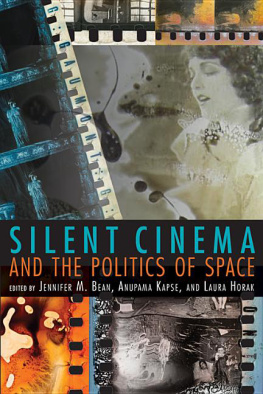
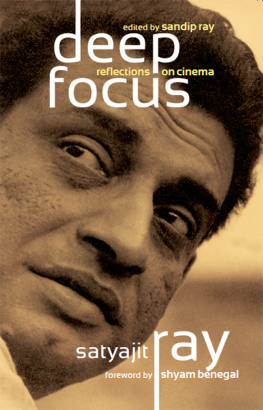
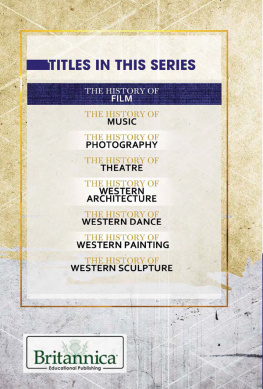
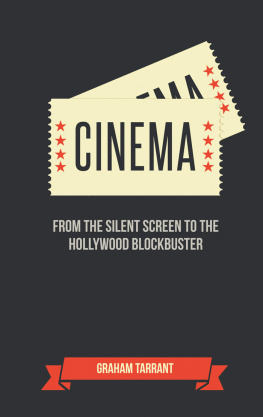

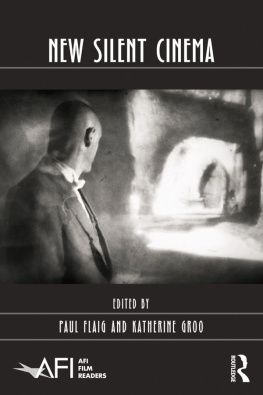
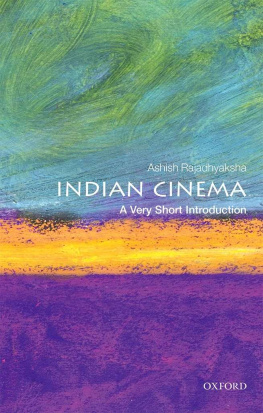
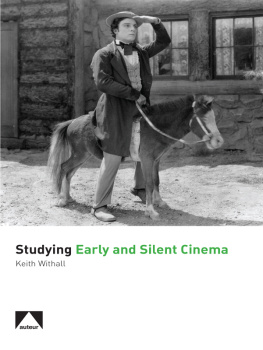
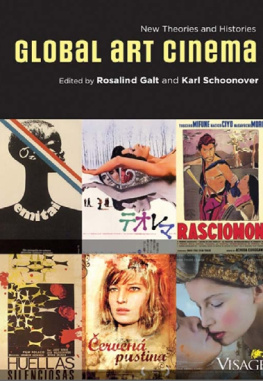

 The paper used in this publication meets the minimum requirements of the American National Standard for Information SciencesPermanence of Paper for Printed Library Materials,
The paper used in this publication meets the minimum requirements of the American National Standard for Information SciencesPermanence of Paper for Printed Library Materials,